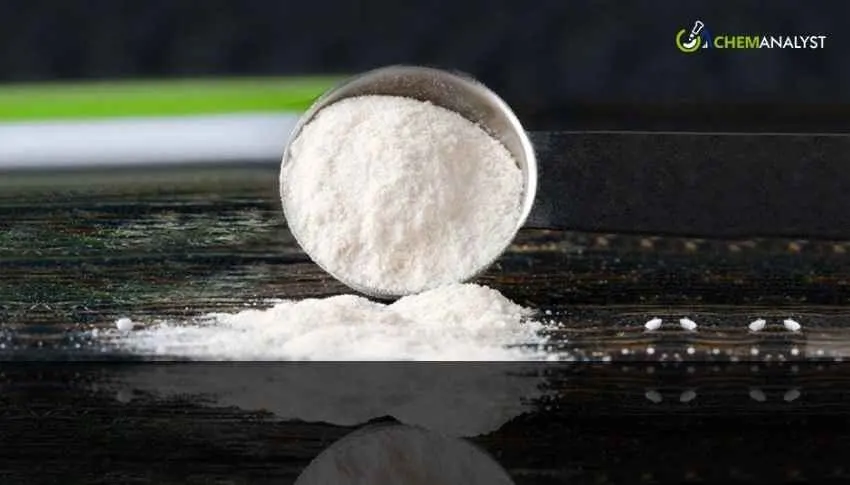Welcome To ChemAnalyst

US import prices of H.M. Pectin experienced a moderate increase in August 2025 following a significant decline in July. This was driven by a cautiously positive US economic environment, stable consumer spending, and increasing industrial production, which fueled demand from key sectors such as food and beverages, pharma, and cosmetics. On the demand side, production volumes were stable or slightly improved even with transport issues and higher energy and transport prices. Relaxed weather in regions where raw material crops are grown helped to ease pressures on supply. Import dynamics, including tariffs and increased Asia-Pacific shipping, also influenced imports, with European exporters subjected to temporary disruptions. Overall, rising end-user demand and rebounding economy pushed prices up, and market expectations point to room for modest additional rise in the face of ongoing cost and supply pressures.
In August 2025, US import prices of H.M. Pectin followed a mild rising trend after a decline in July. The price rebound could be credited to a combination of economic, supply-side, and demand-oriented factors driving the H.M. Pectin market dynamics. The overall US economic situation during July was guardedly positive, characterized by stable spending from consumers and a moderate bounce in industrial activity following months of volatility. This backdrop favored increased demand for H.M. Pectin in major end-user markets like food and beverages, pharmaceuticals, and cosmetics, which are dependent upon high-quality H.M. Pectin for formulating and stabilizing products.
On the production side, H.M. Pectin manufacturers and exporters from major producing countries such as China, France, and Spain experienced mixed production sentiment. While it was felt by some suppliers that there were restrictions in logistics due to ongoing interference in global shipping and also availability of raw material, the overall production volumes were in line or slightly better as producers were making adjustments to operations based on the rising demand signals for H.M. Pectin. Specifically, weather conditions in the main growing areas of pectin raw material—apple and citrus groves—exhibited stabilization after previous volatility, making raw material supply more predictable. This eased some of the pressure off prices but failed to completely counteract the rise in energy and transport costs impacting H.M. Pectin production.
Trade trends also played a crucial role in dictating the price trend. Tariffs and free trade agreements influenced H.M. Pectin imports into the U.S., as various manufacturers increased or decreased shipment quantities depending on fluctuating freight costs and exchange rates. Particularly, Asia-Pacific suppliers benefited from enhanced shipping routes and reduced port congestion compared to mid-2025, favoring modest export growth of H.M. Pectin to North America. Meanwhile, European exporters suffered brief delays with low-level regional labour strikes and regulatory inspections that kept supply tight for a few weeks in August.
End-user demand showed unambiguous growth trends by industry. The food and beverage industry, recovering robustly from pandemic disruptions to supply chains, drove purchases of H.M. Pectin through product development and clean-labeling trends that stimulated greater use of natural thickeners and stabilizers. Pharmaceutical drug delivery systems and excipients likewise experienced growth in use by manufacturers, driven by ongoing investment in the healthcare industry. Cosmetics also generated demand expansion because H.M. Pectin’s natural quality was utilized to ride increasing consumer interest in organic ingredients.
On balance, the August rise in H.M. Pectin import prices amounts to a market realignment following the correction in July. Despite continued supply issues and production costs as dominant variables, an enduring growth in demand for H.M. Pectin, coupled with widening economic recovery and changing trade flows, supports a cautiously optimistic scenario. Market players expect that prices of H.M. Pectin will remain responsive to these multifaceted interplays with potential for additional moderate rises on the basis of global supply chain resilience and end-user demand strength.
We use cookies to deliver the best possible experience on our website. To learn more, visit our Privacy Policy. By continuing to use this site or by closing this box, you consent to our use of cookies. More info.
